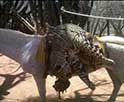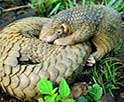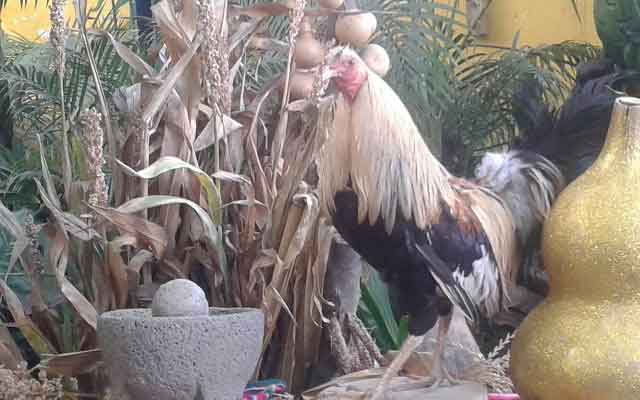Dodo duck bird: Characteristics, facts and extinction
Why Did the Dodo Duck Go Extinct?
Reading time : 1 minute,
Discovery Chepe Id-571-ECO
Published in
12-31-2024

The last known head of a dodo is housed at the Natural History Museum of the University of Oxford in England. This specimen is unique in the world as it is the only one that preserves soft tissue, which has allowed scientists to carry out more detailed studies of this extinct bird.
The dodo, whose scientific name is Raphus cucullatus, was a flightless bird endemic to the island of Mauritius. Unfortunately, this peculiar creature became extinct in the mid-17th century due to a combination of factors, mainly related to the arrival of humans in its natural habitat.
Characteristics of the dodo
The dodo was a large bird, with a weight that could reach 20 kilograms. Its body was stocky, with short, strong legs, and a large, curved beak. One of its most distinctive features was its inability to fly, which was due to the absence of predators in its original environment.
Habitat of the dodo
The island of Mauritius, located in the Indian Ocean, was the only place where the dodo could be found. This island offered a tropical environment with dense forests, where the dodo found food and shelter.
Dodo Diet
The dodo's diet was varied and consisted mainly of fruits, seeds and possibly some small animals. Its large beak allowed it to crack open hard fruit and access a wide range of foods.
Dodo Reproduction
Unfortunately, little is known about the dodo's reproduction. It is thought that they laid a single egg in a nest built on the ground. Incubation and care of the young were probably shared by both parents.

The Dodo Duck: A Fascinating Extinct Bird
The extinction of the dodo was a tragic event that occurred in a relatively short time. The main factors that contributed to its disappearance were:
* The arrival of humans: European sailors introduced new animal species to the island, such as pigs, rats and monkeys, which preyed on dodo nests and competed for food resources.
* Hunting: Sailors hunted dodos for sport and as a food source, as these animals were easy to capture due to their docility and inability to fly.
* Habitat destruction: Deforestation and alteration of the natural environment by settlers reduced the habitat available to dodos and affected their ability to find food and shelter.
The legacy of the dodo
The dodo has become a symbol of human-caused extinction. Its story serves as an important lesson about the fragility of ecosystems and the need to protect biodiversity.
See Also
Discovery Chepe
Most read...














